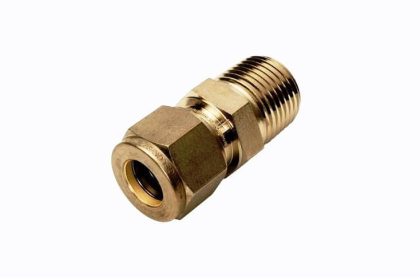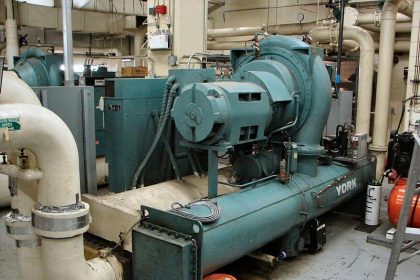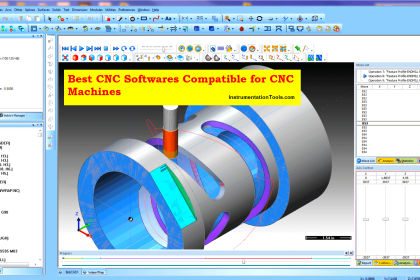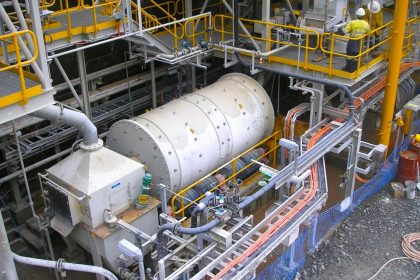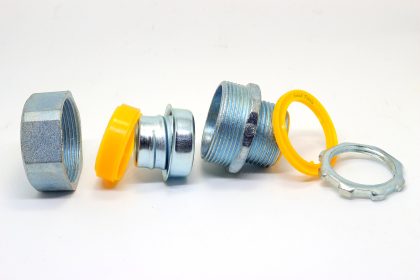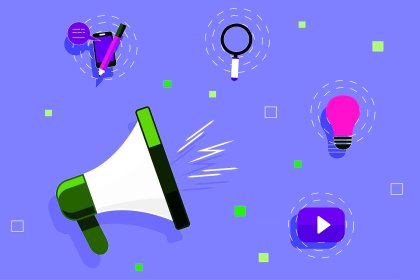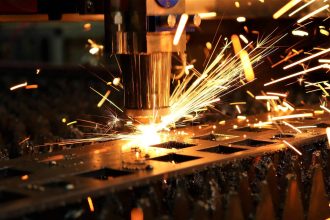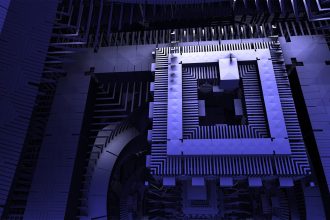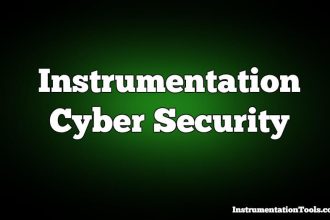SOP stands for Standard Operating Procedure. SOP is one of the most important documents for all engineers (also for normal routine activities done by other people) for doing any job.
What is SOP?
SOP is a type of document that tells us the step-by-step procedures for performing any job. Each and every detail of the job to be performed are present in the SOP in a very detailed manner.
Standard Operating Procedure

The SOP contains things like
- Title of the SOP
- Introduction of the SOP
- Applicability of the SOP
- Role/Responsibility Matrix
- Physical checks or checklists to be filled
- Requirements for the job
- Step-by-step procedure for performing the job
- References
Let us have a detailed look at all the steps which are mentioned above for creating an SOP.
Title of the SOP
The “Title of the SOP” section of the SOP contains the title of the SOP as well as some basic information about the SOP. This section of the SOP can also have the necessary approvals, revisions number, and revision dates.
Introduction of the SOP
The “Introduction of the SOP” section of the SOP contains the introduction which includes the basic details of the job as well as what is the importance of the job to be conducted.
In some cases, “Introduction of the SOP” is replaced by “Objective of the SOP”. The objective of the SOP contains the basic objective of the job to be performed.
Applicability of the SOP
The “Applicability of the SOP” section of the SOP contains the areas in which this SOP can be applied.
For example, an SOP is written for starting a compressor. Now, this SOP can vary depending on the type of compressor as well as this SOP can also vary for the service which is under compression.
Normal air SOP cannot be followed for the compressor used for compressing natural gas. So, this section of the SOP will specify the areas where the SOP can be applied.
Role/Responsibility Matrix
The “Role/Responsibility Matrix” section of the SOP contains the roles of all the activities to be done for the job mentioned.
The job to be performed contains many sub-activities which require the involvement of different persons who are at different levels or positions.
This section of the SOP gives a clear idea of all the persons involved in the job as well as their responsibilities during the job.
Physical checks or checklists to be filled
The “Physical checks or checklist to be filled” section of the SOP contains a detailed physical check or checklist which is very important to be checked before starting the job.
For example, the starting a compressor which we discussed above, many checks are there.
Some of them are
- Whether the compressor is ready to start?
- Whether the inlet and outlet valves are open or not?
- Whether the lube oil level is ok or not?
- Whether the cooling water flow is ok or not?
Filling out a checklist before starting the job always has a plus point. All the major obstacles or problems get noticed in this step itself. Hence, it becomes very easy to perform the job after such a point is identified and rectified.
Requirements for the job
“Requirements for the job” contains the list of all the items/tools/equipment required for performing the job. Many times, it happens that while performing the job, we face that some or the other item/tool/equipment are missing.
For arranging that item/tool/equipment, some extra time is required which causes delays. Hence this section of the SOP becomes very useful in avoiding such delays.
Step-by-step procedure for performing the job
The “Step-by-step procedure for performing the job” section of the SOP contains detailed procedures for performing the job. This section of the SOP is useful for everyone, whether the person performing the job is new or experienced.
Following a step-by-step procedure helps in avoiding mistakes that occur while doing a job due to human error or any other kind of error.
References
The “References” section of the SOP contains the references which are taken for creating the SOP. This section is useful when we want details of any part of the job mentioned in the SOP in the future.
